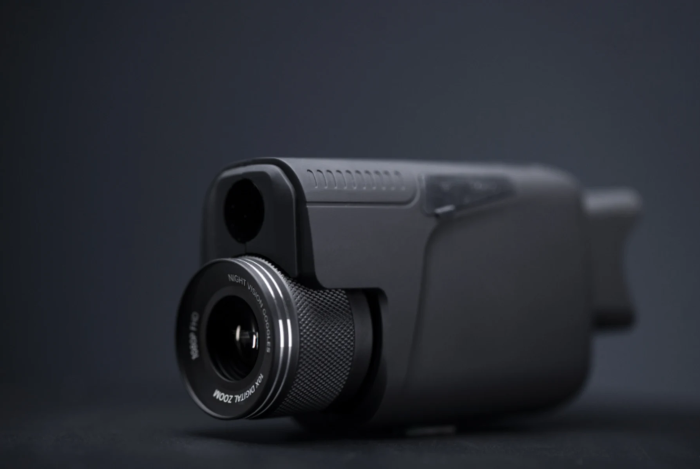Night vision monoculars are marvels of technology that enable us to see in the darkest of nights. These devices have found applications in military operations, wildlife observation, surveillance, and even recreational activities. But have you ever wondered how night vision monoculars work their magic?
Today, we’ll delve into the fascinating functioning behind night vision monoculars.
Capturing Available Light
The first step in the functioning of night vision monoculars involves capturing available ambient light, whether it’s moonlight, starlight, or the faint glow from distant sources. Unlike traditional optical devices that rely on visible light, night vision monoculars operate in the infrared part of the spectrum.
Image Intensification
Once the available light is captured, it passes through a series of lenses that focus and direct it to a photocathode. The photocathode plays a pivotal role in the image intensification process. It converts the incoming photons of light into electrons through a process called photoemission.
Electron Amplification
The emitted electrons are then accelerated and passed through a microchannel plate (MCP). This plate consists of millions of tiny channels that amplify the number of electrons. As electrons pass through these channels, they collide with secondary electrons, creating a cascading effect, resulting in a significantly larger number of electrons than initially received.
Phosphor Screen
The amplified electron stream exits the MCP and strikes a phosphor screen, which is coated with a special material. When the electrons hit the phosphor screen, they release energy, causing the phosphor to emit visible light. This emitted light forms an image that corresponds to the original scene.
Magnification and Viewing
The generated visible light image is then magnified using a series of lenses or fiber optics within the monocular. This magnification allows users to see distant objects with greater clarity. The eyepiece of the monocular presents this magnified image to the viewer, who can now perceive the scene in low-light or no-light conditions.
Generation Types
Night vision monoculars come in various generations, with each successive generation offering improved performance. Higher-generation devices tend to have better image quality, reduced noise, and increased sensitivity to low-light conditions. Some advanced models even incorporate digital enhancements for further clarity and usability.
Infrared Illuminators (Optional)
In situations where natural ambient light is insufficient, night vision monoculars may feature an infrared (IR) illuminator. This built-in or attachable IR illuminator emits infrared light, which is invisible to the human eye but can be detected by the night vision monocular. This added illumination enhances visibility in complete darkness.
Power Source
Night vision monoculars require a power source, typically in the form of batteries. The type and duration of battery power can vary depending on the monocular’s design and usage. Some models are rechargeable, while others rely on disposable batteries.
To sum up
The functioning of night vision monoculars is a testament to the ingenuity of modern technology. These devices harness ambient light, amplify it, and convert it into visible imagery, allowing us to see in conditions that would otherwise be pitch black. Night vision monoculars provide us with a window into the hidden world of the night, expanding our ability to explore and navigate in the darkness.
Hi there! This is Devin Haney. I am a Freelancer. I love to Blogging. I would love to connect with everyone here. On relaxing Sunday afternoon you will find me.




























